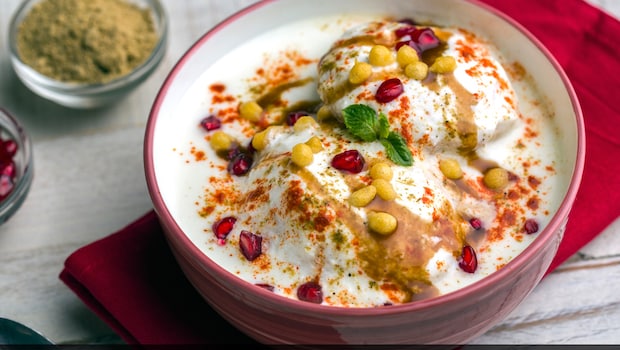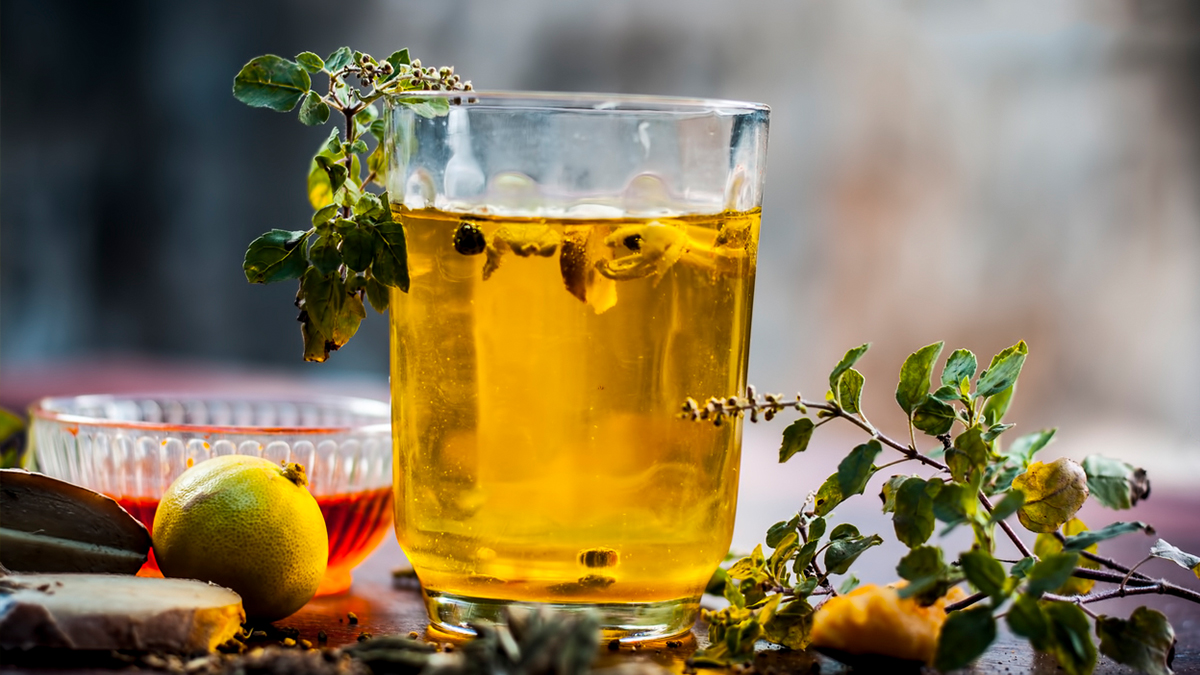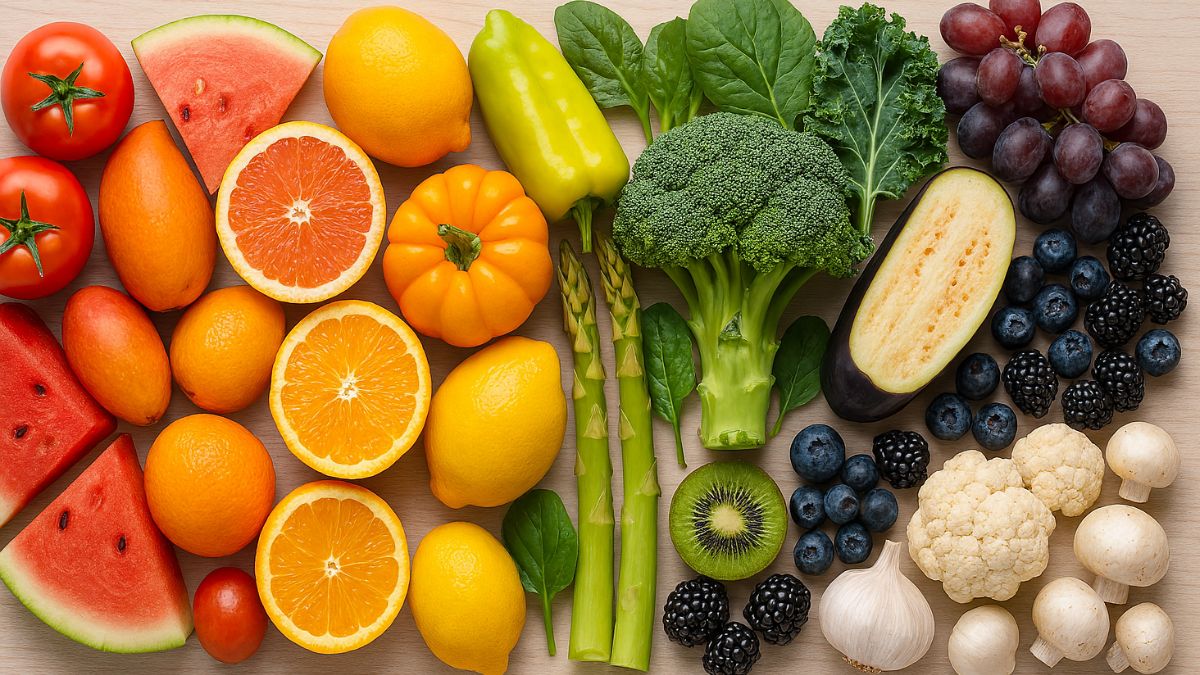Dahi Phulki Recipe: India's culinary landscape is vibrant, varied and packed with flavours. While the world may know the cuisine through butter chicken, biryani, or masala dosa, the true essence lies in its sub-regional diversity. In India, every district, town, and even household has its own signature dish. While some of these regional gems got the much-deserved fame, some remain widely cherished just within the community. Dahi phulki is one such instance of a regional delicacy that holds a special place in the hearts of Uttar Pradesh.
What Is Dahi Phulki?
A summer staple in the region, dahi phulki is a comforting bowl of soft besan vada soaked in masala-infused dahi, often topped with an aromatic tadka. At first look, it might remind you of dahi vada, but dahi phulki has its own charm. What sets it apart is the simplicity and lightness. Phulkis are airy and feather-light, making them perfect for hot afternoons when you crave something cooling yet satisfying.
Also Read: How To Make Soft And Fluffy Dahi Bhalla Like A Pro
A Brief History And Origin Of Dahi Phulki:
Dahi Phulki traces its roots to the Awadhi cuisine of Lucknow, a culinary tradition known for its depth of flavour. While today it remains a popular street-side snack and home-cooked comfort food in Uttar Pradesh, its origins, according to some theorists, may go back much further.
Food historian K.T. Achaya explains that the concept of curd-soaked fritters can be dated to ancient times. He refers to the Sutra literature of 500 BCE, where vatakas (deep-fried lentil preparations) are mentioned. These early dishes were often soaked in curd or fermented rice water, much like today's dahi-based snacks. It is not difficult to imagine that phulki evolved as a more convenient substitute for dal-based pakoris, especially as besan became more widely used in Indian kitchens.
Food expert Anoothi Vishal highlights dahi phulki as a beautiful example of India's composite food culture. It is a dish that transcends religious and regional boundaries, appearing on dining tables in both Muslim and Hindu households, particularly during Ramzan and Holi. Its enduring presence in these diverse settings reflects the shared culinary heritage of the Indian subcontinent.
Also Read: 5 Popular Street Foods From Across India

How to Make Dahi Phulki: This dish is a must-try. Photo Credit: iStock
Dahi Vada Vs Dahi Phulki: What Is The Difference?
At first glance, dahi vada and dahi phulki might seem like twins - both are curd-based dishes featuring fried vadas soaked in masala-infused dahi. But look a little closer, and you will find that each has its own unique identity.
1. Ingredients:
Dahi vada is typically made using urad dal, while dahi phulki is made from besan. This gives them very different textures and tastes.
2. Size and texture:
Phulkis are smaller, softer, and airier than the usually larger and denser vadas.
3. Toppings and tempering:
Dahi phulki often comes with a flavourful tadka of garlic, cumin seeds, and dry red chillies, which gives it a bold and savoury edge. Dahi vada, on the other hand, is usually kept garlic-free and milder.
How To Make Dahi Phulki At Home:
Making dahi phulki is surprisingly easy and requires just a few pantry staples. All you need is besan, curd, and a handful of spices. The key lies in getting the phulkis light and fluffy, so do not skip adding a pinch of baking soda to the batter.
To give it a street-style twist, we have included flavourful imli and mint chutneys, which add a tangy, refreshing kick to the dish. It makes for a perfect snack to relish during the summer season. Click here for the detailed recipe of dahi phulki.
Quick Tips To Fry Light And Airy Phulkis:
1. Prepare the batter right:
Whisk the besan batter for at least 4 to 5 minutes until it becomes light and fluffy. This step helps incorporate air, allowing the phulkis to puff up and stay soft inside.
2. Don't overuse baking soda:
A small pinch of baking soda is enough to make the phulkis airy and soft. Using too much can result in a bitter taste and an overly spongy texture.
3. Check the oil temperature:
Always test the oil by dropping a small bit of batter into it. If it rises slowly and sizzles, the oil is at the right temperature. Oil that is too hot or too cold can ruin the texture and taste.
4. Fry in small batches:
Avoid overcrowding the pan. Frying in small batches helps maintain the oil temperature and ensures even cooking and crispiness.
5. Soak in warm water after frying:
Once fried, soak the phulkis in warm water for 10 to 15 minutes. This step helps remove excess oil and softens the phulkis, making them perfect for soaking in curd.
Dahi phulki is light, soulful, and deeply comforting, reminding us that sometimes, the simplest things are the most satisfying. So, the next time you crave something light yet flavourful, dahi phulki is just the dish to go for.
About Somdatta SahaExplorer- this is what Somdatta likes to call herself. Be it in terms of food, people or places, all she craves for is to know the unknown. A simple aglio olio pasta or daal-chawal and a good movie can make her day.







